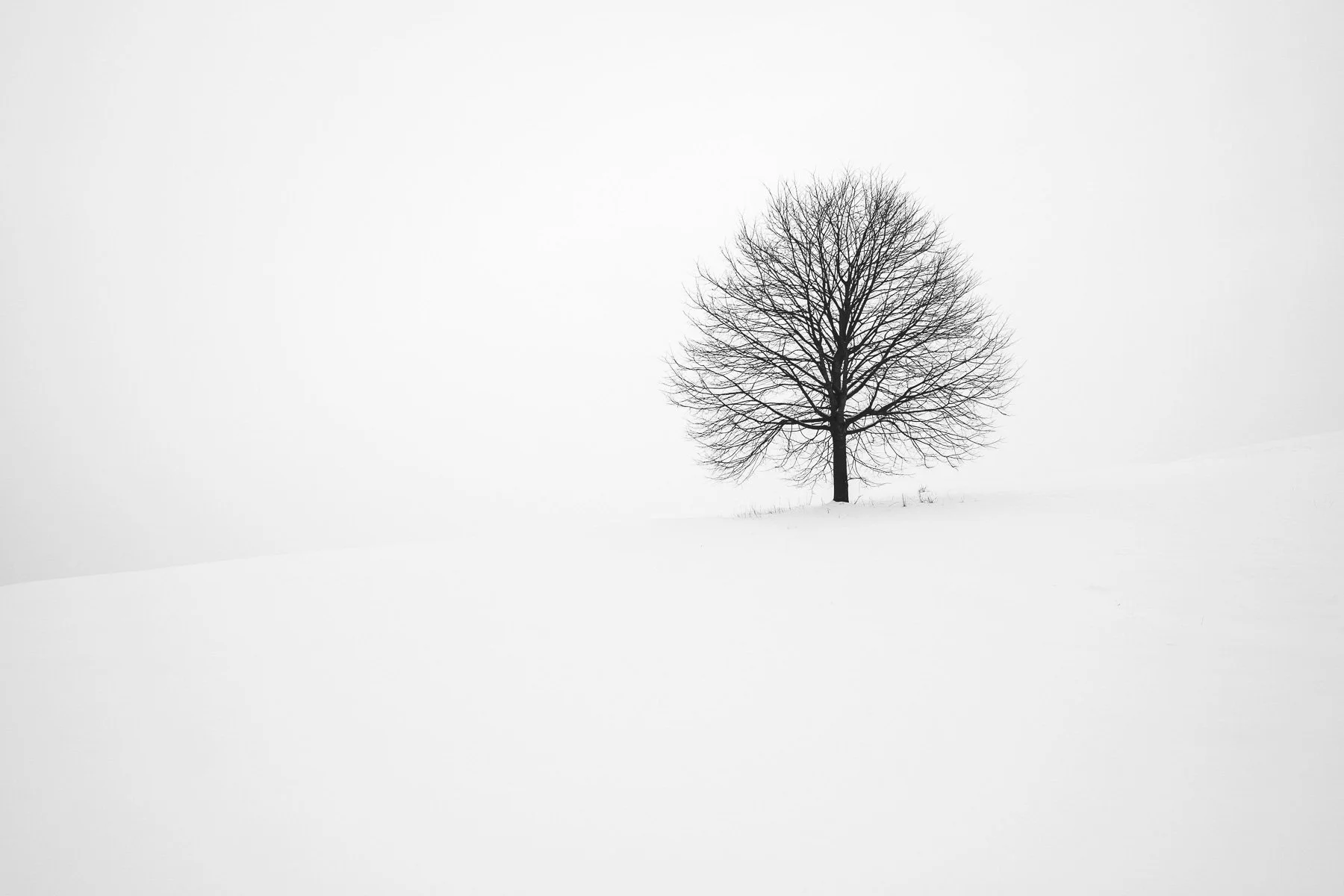The Power of Negative Space in Photography: Transform Your Images with Simplicity
Negative space, often misunderstood or overlooked, is a powerful tool that can elevate your photography by creating balance, focus, and emotional depth. Far from being “empty” or “wasted,” negative space serves as the canvas that amplifies the impact of your subject. By allowing your main element to "breathe," you create a harmonious composition that draws the viewer’s eye and evokes a lasting emotional response.
Whether you're capturing vast landscapes, intimate portraits, or striking abstract shots, mastering negative space can take your photography to the next level. Let’s explore what negative space is, why it works so effectively, and how you can use it to create stunning images that resonate with viewers.
What Is Negative Space in Photography?
In simple terms, negative space refers to the areas around and between the main elements of your photo. This “empty” space helps define your subject by isolating it and giving it room to stand out. While it might sound counterintuitive, what you leave out of the frame is just as important as what you include.
Negative space can take many forms:
A cloudless blue sky surrounding a lone tree.
An endless stretch of sand framing a solitary figure.
A minimalist urban scene featuring a single architectural detail.
By deliberately incorporating negative space into your composition, you can achieve a sense of balance and simplicity that is both visually appealing and emotionally impactful.
Why Is Negative Space So Effective?
1. It Enhances Visual Focus
By reducing distractions in your composition, negative space naturally draws the viewer’s attention to the subject. The simplicity created by open space helps the main element shine, making it the undeniable focal point of your image.
2. It Evokes Emotion
Negative space isn’t just about aesthetics—it’s a tool for storytelling. The emptiness of the space can evoke feelings of loneliness, tranquillity, or grandeur, depending on how it’s used. A single figure in a vast landscape, for example, can convey solitude or the awe of nature’s scale.
3. It Creates Balance and Harmony
A well-balanced image feels pleasing to the eye. Negative space can help you achieve this by counterbalancing the visual weight of your subject. When used effectively, it creates a sense of harmony and order.
4. It Adds Minimalist Appeal
In today’s cluttered visual world, minimalist compositions stand out. Negative space helps you achieve a clean, modern aesthetic that feels refreshing and sophisticated.
5. It Encourages Interpretation
Negative space invites viewers to pause and interpret the image. The simplicity allows them to focus on the emotions and stories behind the subject without being overwhelmed by details.
Practical Tips for Using Negative Space
Mastering negative space doesn’t happen overnight, but with a little practice and attention to detail, you can start creating stunning compositions that make your photos stand out. Here are some actionable tips to get you started:
© Myoung Kang
1. Frame Your Subject with Intention
When composing your shot, think about how much negative space you want to include. Leaving too much space can make your photo feel empty, while too little can overwhelm the subject. Experiment with positioning your subject off-centre, using the rule of thirds to create a dynamic and balanced composition.
© Getty Images
2. Seek Out Clean Backgrounds
The key to effective negative space is simplicity. Look for clean, uncluttered backgrounds that allow your subject to pop. Clear skies, open water, and minimalist interiors are excellent options.
© Fabrice Villard
3. Play with Scale and Proportion
Negative space is a great way to highlight the scale of your subject. A tiny figure in a vast desert, for instance, can create a dramatic sense of size and isolation. Experiment with different proportions to see what works best for your story.
© Etienne Girardet
4. Use Colour and Contrast
While negative space is often plain, it doesn’t have to be boring. Incorporate vibrant colours or strong contrasts to add visual interest without detracting from your subject. A bold red wall, for example, can serve as a striking backdrop for a portrait.
© Abhijit Sinha
5. Incorporate Symbolism
Negative space can be a storytelling tool in itself. Use it to suggest themes like solitude, freedom, or vastness. For instance, a lone bird flying across an empty sky can evoke a sense of independence or adventure.
© Josh Withers
6. Experiment with Different Perspectives
Don’t be afraid to get creative with your angles and viewpoints. Shooting from low angles or high above can introduce unexpected elements of negative space, transforming ordinary scenes into extraordinary compositions.
7. Practice Editing for Negative Space
Sometimes, the magic of negative space comes to life in post-production. Cropping your image or adjusting the exposure can help you emphasise the open areas in your composition. Experiment with editing tools to refine your shots and bring your vision to life.
Common Mistakes to Avoid
While negative space is a powerful tool, it can be tricky to get right. Here are some pitfalls to watch out for:
Overuse: Too much negative space can make your image feel empty or unbalanced.
Distracting Backgrounds: Cluttered or busy negative space defeats the purpose of simplifying your composition.
Ignoring Context: Negative space should enhance your subject, not detract from its story.
Conclusion
Negative space isn’t just about emptiness—it’s a deliberate and impactful choice that can transform your photography. By focusing on simplicity, balance, and storytelling, you can create powerful images that captivate your audience.
So why wait? Start experimenting with negative space in your photography and see how it can elevate your art. And when you’re ready to take your skills to the next level, book a workshop with CapturEDU and unlock your creative potential.






